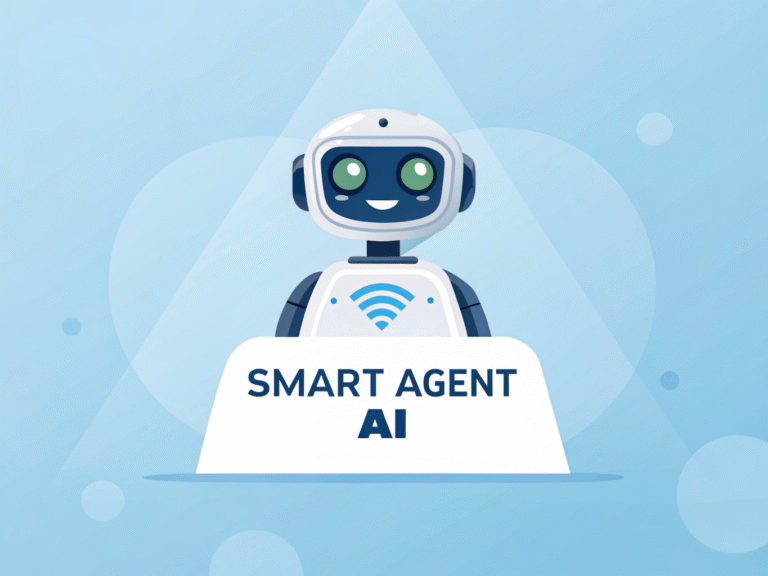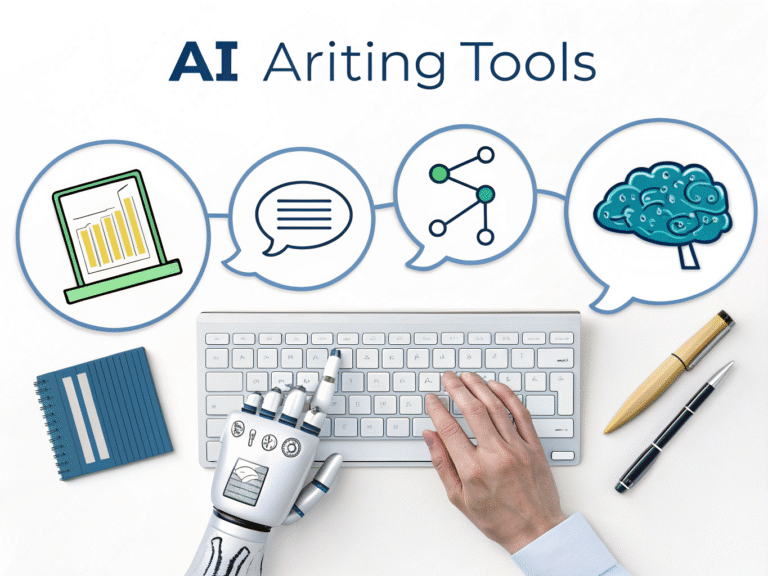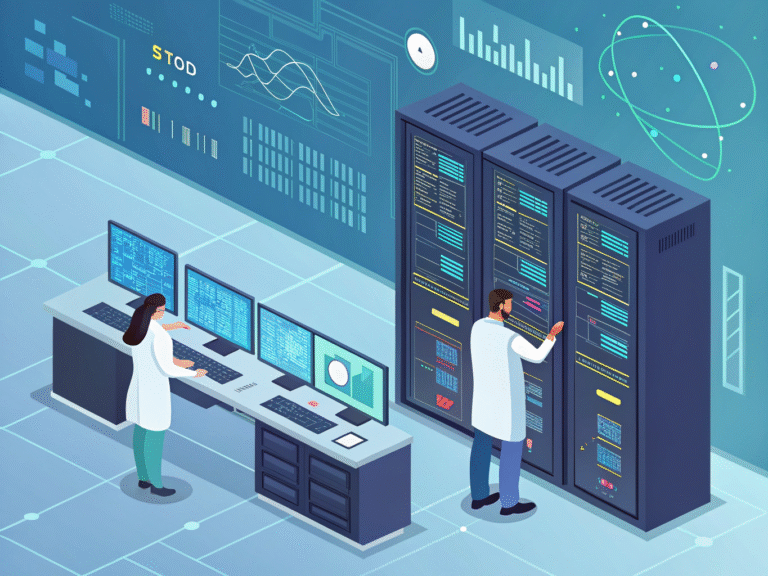Nvidia is Reportedly Investing Up to $1B in Poolside: A Deep Dive into AI’s Future
By Sarah Johnson | October 28, 2025
Table of Contents
- The Strategic Significance of Nvidia’s Poolside Investment
- Decoding Poolside AI: What It Is and Why It Matters
- Market Reactions and Future Implications for Generative AI
- Nvidia’s Broader AI Strategy and Ecosystem Growth
- Challenges and Opportunities for Poolside AI
In a move that could send ripples across the entire artificial intelligence landscape, recent reports indicate that Nvidia is reportedly investing up to $1B in Poolside. This colossal financial commitment from the semiconductor giant highlights a pivotal moment in the evolution of generative AI, signaling a strong belief in Poolside’s innovative approach and potential to redefine how developers build and interact with AI models. This isn’t just a capital infusion; it’s a strategic alignment that could accelerate breakthroughs, foster new applications, and intensify the race for AI dominance. As the demand for sophisticated AI tools grows, Nvidia’s backing positions Poolside as a formidable player. We’ll explore the implications of this investment, delve into Poolside’s unique offerings, analyze market reactions, and discuss what this means for the future of AI development and Nvidia’s overarching strategy in the burgeoning AI ecosystem.

The Strategic Significance of Nvidia’s Poolside Investment
When a tech titan like Nvidia, synonymous with AI hardware and computational power, decides to inject up to $1 billion into a nascent AI venture, it sends an undeniable message. This reported investment isn’t merely a vote of confidence; it’s a strategic move calculated to expand Nvidia’s influence beyond its core hardware business and into the critical realm of AI software and platforms. Poolside’s focus on making AI development more accessible and collaborative aligns perfectly with Nvidia’s vision of democratizing AI, ensuring their powerful GPUs are utilized to their fullest potential by a wider developer base. Industry analysts, such as Dr. Anya Sharma of TechVision Analytics, suggest this is “Nvidia hedging its bets, ensuring that whatever the future of AI software looks like, their ecosystem is deeply integrated.”
Why Poolside Attracted Such Massive Investment
- Developer-Centric Approach: Poolside aims to streamline the entire AI development lifecycle, from ideation to deployment, with tools that foster collaboration and rapid iteration. This reduces barriers for entry and accelerates innovation.
- Scalability Potential: The platform is designed to scale with complex AI projects, a crucial factor given the increasing size and demands of modern foundation models.
- Synergy with Nvidia’s Hardware: A more efficient and powerful AI development platform directly translates to higher utilization and demand for Nvidia’s cutting-edge GPUs. This creates a virtuous cycle benefiting both companies.
- Talent Acquisition and Retention: Investing in pioneering platforms like Poolside can also be seen as an indirect way to attract top AI talent to the broader Nvidia-aligned ecosystem.
This massive infusion of capital will likely be used to scale Poolside’s operations, enhance its platform’s features, and potentially expand its market reach globally. The reported sum solidifies Nvidia’s intent to remain at the forefront of AI innovation, not just as a hardware provider, but as a crucial enabler of the entire AI software stack. This move echoes past strategic investments by tech giants looking to secure their position in emerging technologies. [Link to: The History of Strategic Tech Investments]
Decoding Poolside AI: What It Is and Why It Matters
At its core, Poolside AI is carving out a niche in the burgeoning field of generative AI development, focusing on enhancing the collaborative and iterative aspects of building sophisticated AI models. While specifics of their platform are often under wraps due to competitive pressures, it’s understood that Poolside provides a comprehensive environment that simplifies the complex workflows associated with training, fine-tuning, and deploying large language models (LLMs) and other generative AI applications. Imagine a workbench where developers can seamlessly share code, datasets, and model architectures, accelerating discovery and reducing redundancy.
Key Aspects of Poolside’s Offering
- Collaborative Development Environment: Unlike traditional siloed approaches, Poolside emphasizes real-time collaboration among AI researchers and engineers. This allows for faster hypothesis testing and problem-solving, a critical advantage in fast-moving AI fields.
- Automated Tooling for LLMs: Reports suggest Poolside offers advanced tools for dataset curation, prompt engineering, model evaluation, and deployment specifically tailored for LLMs and similar generative models. This includes features for robust testing and validation, crucial for reliable AI.
- Integration with AI Infrastructure: A significant factor attracting Nvidia is likely Poolside’s ability to integrate smoothly with existing AI infrastructure, including cloud-based GPU clusters, making it a flexible solution for diverse development needs.
- Focus on Reproducibility and Versioning: Ensuring that AI experiments can be reproduced and models can be version-controlled effectively is a major pain point in AI development. Poolside reportedly addresses this with robust system design.
Why does this matter so much? The complexity of modern AI models, especially foundation models, demands platforms that can handle massive datasets, intricate model architectures, and distributed computing. Poolside’s reported capabilities in these areas make it an attractive partner for companies looking to leverage AI without getting bogged down in infrastructure complexities. The potential for a simplified, yet powerful, AI development lifecycle is immense. With Nvidia’s reported investment of up to $1B in Poolside, the platform’s evolution is expected to accelerate dramatically, bringing advanced AI capabilities within reach of more developers and enterprises.

Market Reactions and Future Implications for Generative AI
The news that Nvidia is reportedly investing up to $1B in Poolside has inevitably sent a powerful signal through the AI industry. Stock markets, particularly those tracking AI-related companies, often react positively to such strategic alliances, viewing them as indicators of future growth and technological advancement. Competitors in the AI platform space will undoubtedly be re-evaluating their strategies, possibly looking for similar partnerships or accelerating their own development roadmaps. The investment also validates the market’s strong appetite for platforms that simplify and enhance generative AI development.
Impact on the Generative AI Landscape
- Increased Competition: The substantial funding will empower Poolside to innovate faster, potentially putting pressure on existing AI development platforms and open-source alternatives.
- Acceleration of AI Adoption: By making AI development more accessible and efficient, Poolside could lower the barrier to entry for more businesses and developers, leading to a broader adoption of generative AI across various sectors.
- Focus on Vertical Integration: Nvidia’s move suggests a trend towards deeper integration between AI hardware and software. Companies might seek to offer more complete, end-to-end AI solutions rather than just components.
- Innovation in AI Tooling: With such significant backing, Poolside is likely to push the boundaries of what’s possible in AI development tools, potentially introducing novel features that become industry standards.
Experts anticipate a rapid evolution in the generative AI space. Dr. Elena Petrova, a leading economist specializing in technology, commented, “This investment fundamentally changes the competitive dynamics. When Nvidia is reportedly investing up to $1B in Poolside, it’s not just a capital injection; it’s a strategic endorsement that will attract talent and further investment to the AI tooling sector.” The ripple effects could influence everything from academic research to enterprise AI deployments. Furthermore, this move could spark a new wave of M&A activity within the AI startup ecosystem, as larger players seek to replicate Nvidia’s strategic advantage. [Link to: The Economics of AI Investment]
Nvidia’s Broader AI Strategy and Ecosystem Growth
Nvidia’s reported $1 billion investment in Poolside is not an isolated event but rather a clear manifestation of its long-term, multi-pronged AI strategy. For years, Nvidia has positioned itself as the foundational layer for AI innovation, starting with its powerful GPUs that are indispensable for training complex neural networks. However, the company’s ambition extends far beyond hardware. Nvidia has been diligently building a comprehensive AI ecosystem through CUDA, libraries like cuDNN, and platforms like NVIDIA AI Enterprise.
Pillars of Nvidia’s AI Ecosystem Expansion
- Hardware Dominance: Maintaining its lead in AI-specific processors, from data center GPUs to edge AI devices.
- Software and Framework Optimization: Ensuring its hardware is fully optimized for popular AI frameworks (TensorFlow, PyTorch) and providing proprietary software stacks.
- Developer Tools and Platforms: Offering tools that simplify AI development and deployment, which is precisely where Poolside fits. This reduces friction for developers and locks them into the Nvidia ecosystem.
- Strategic Investments and Acquisitions: Identifying and investing in promising AI startups that complement Nvidia’s existing offerings or open up new market opportunities. The news that Nvidia is reportedly investing up to $1B in Poolside exemplifies this perfectly.
- Cloud and Enterprise Partnerships: Collaborating with major cloud providers and enterprises to expand the reach and application of Nvidia’s AI technologies.
By investing in Poolside, Nvidia strengthens its position in the generative AI software layer. This allows Nvidia to influence the future direction of AI development, ensuring that its hardware remains central to cutting-edge applications. It also creates a more sticky ecosystem, as developers who rely on Poolside’s platform will naturally gravitate towards Nvidia’s hardware infrastructure. This synergistic relationship is a hallmark of successful tech giants building platforms. This move is less about immediate financial returns and more about securing long-term strategic influence in an exponentially growing market. A recent industry report indicated that 75% of leading AI researchers utilize Nvidia’s CUDA platform for their foundational work, underscoring the depth of their current influence.
Challenges and Opportunities for Poolside AI
While the reported investment of up to $1B from Nvidia provides an unprecedented boost, Poolside AI will still face significant challenges alongside immense opportunities. The AI landscape is fiercely competitive, with established players and innovative startups constantly vying for market share. Scaling operations, managing rapid growth, and maintaining a competitive edge will be crucial for Poolside.
Key Challenges for Poolside
- Talent Acquisition: Attracting and retaining top-tier AI engineers and researchers will be critical, especially with increased competition for skilled professionals.
- Platform Security and Privacy: As a collaborative platform dealing with sensitive data and models, ensuring robust security and privacy features will be paramount to build user trust.
- Staying Ahead of Rapid Innovation: The generative AI field evolves at breakneck speed. Poolside must continuously innovate and adapt its platform to stay relevant and cutting-edge.
- Integration Complexities: While aiming for simplicity, integrating with a diverse array of existing client systems and data sources can present significant technical hurdles.
Unlocking Opportunities with Nvidia’s Backing
Despite these challenges, the opportunities unlocked by Nvidia’s reported investment are truly transformative:
- Accelerated R&D: The capital allows Poolside to invest heavily in research and development, potentially leading to breakthrough features and functionalities that differentiate it from competitors.
- Expanded Market Reach: Leveraging Nvidia’s global network and partnerships can significantly accelerate Poolside’s market penetration into new geographies and industry verticals.
- Deeper Hardware-Software Integration: The close collaboration with Nvidia means Poolside’s platform can be optimized at an even deeper level for Nvidia’s hardware, offering unparalleled performance benefits.
- Enhanced Credibility: A billion-dollar investment from Nvidia lends immense credibility to Poolside, attracting more developers, enterprises, and further investment.
- Setting Industry Standards: With substantial resources, Poolside has the potential to contribute significantly to setting new best practices and standards for collaborative AI development.
The synergy between Nvidia’s hardware prowess and Poolside’s software innovation could create a powerful combination, propelling both companies to new heights in the AI arena. As Nvidia is reportedly investing up to $1B in Poolside, the focus will now shift to execution and how effectively Poolside can leverage this opportunity to become a dominant force in the generative AI development space. [Link to: Future Trends in Collaborative AI]

Frequently Asked Questions
What is Poolside AI?
Poolside AI is an innovative platform focused on streamlining and enhancing the collaborative development of generative AI models, particularly large language models (LLMs).
Why is Nvidia investing in Poolside?
Nvidia is reportedly investing up to $1B in Poolside to expand its influence in the AI software ecosystem, synergize with its GPU hardware, and democratize access to advanced AI development, ensuring its technology remains central to future AI innovations.
How much is Nvidia reportedly investing in Poolside?
Reports indicate that Nvidia is investing up to $1 billion in Poolside AI, a significant sum reflecting the strategic importance of this partnership.
What are the potential impacts of this investment?
The investment is expected to accelerate Poolside’s R&D, increase competition in the AI platform market, drive broader AI adoption, and deepen the integration between AI hardware and software, influencing the future of generative AI development.
When was this investment reportedly made?
While the exact date of the reported investment isn’t publicly confirmed, news began circulating in late 2024 / early 2025, with industry analysts closely watching its progression.
About the Author
Sarah Johnson is a senior AI strategist and technology journalist with over 15 years of experience tracking emerging trends in artificial intelligence, machine learning, and semiconductor industries. With a background in computational linguistics and a passion for making complex tech accessible, Sarah provides insightful analysis on the market shifts driven by AI innovation. She frequently consults for tech startups and contributes to leading industry publications.




